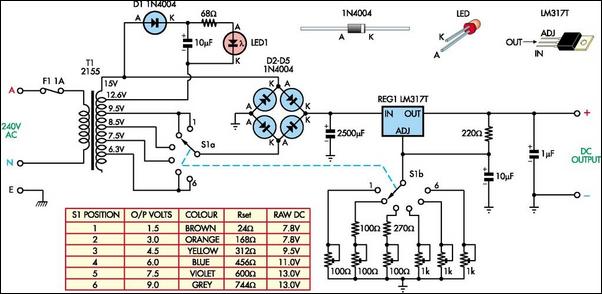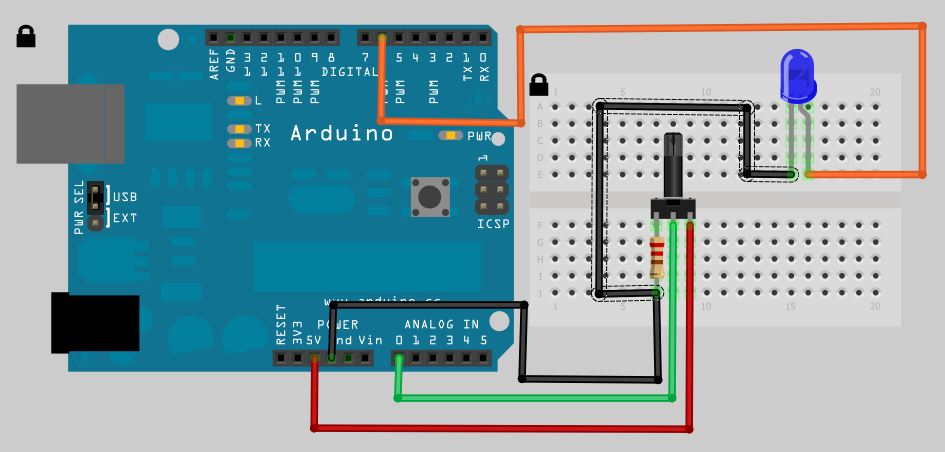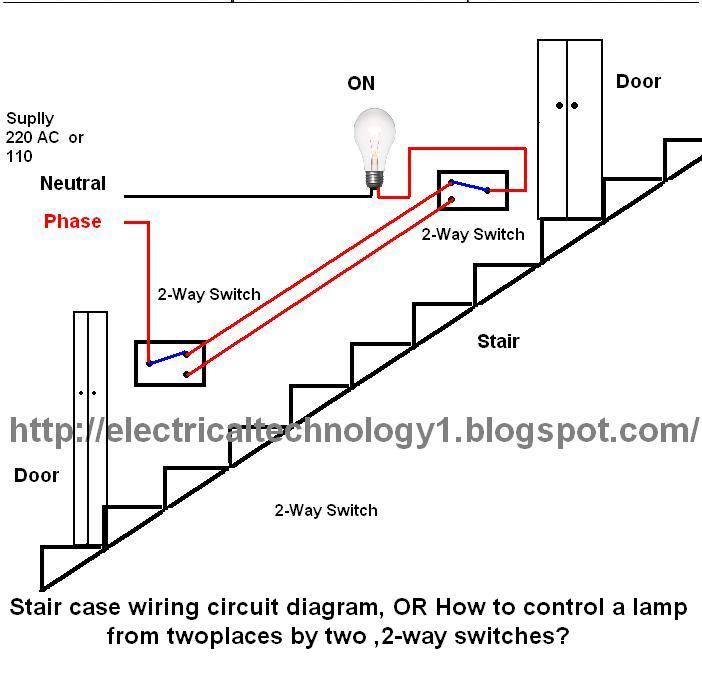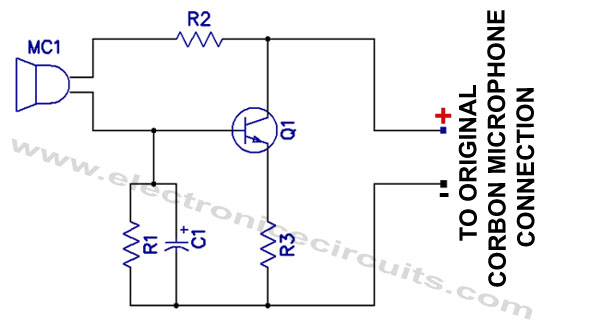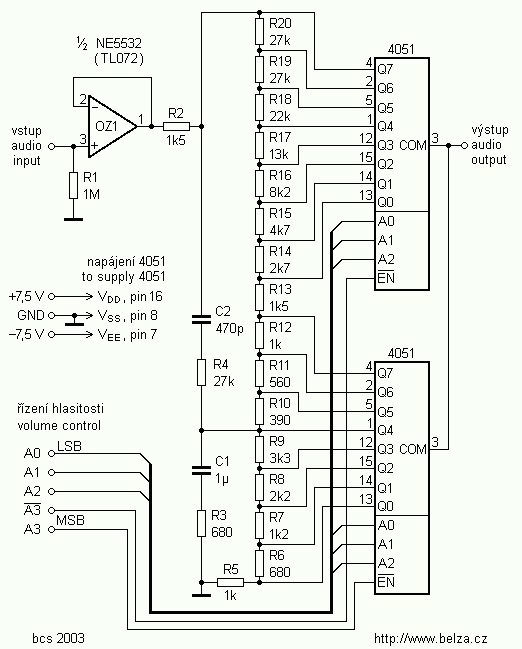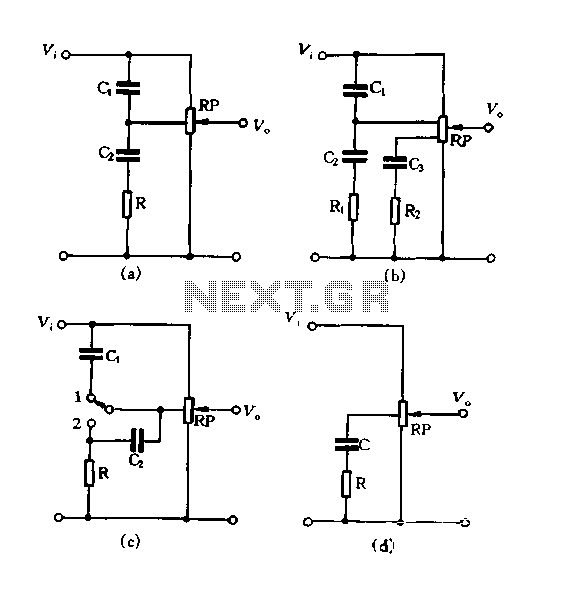
place the potentiometer
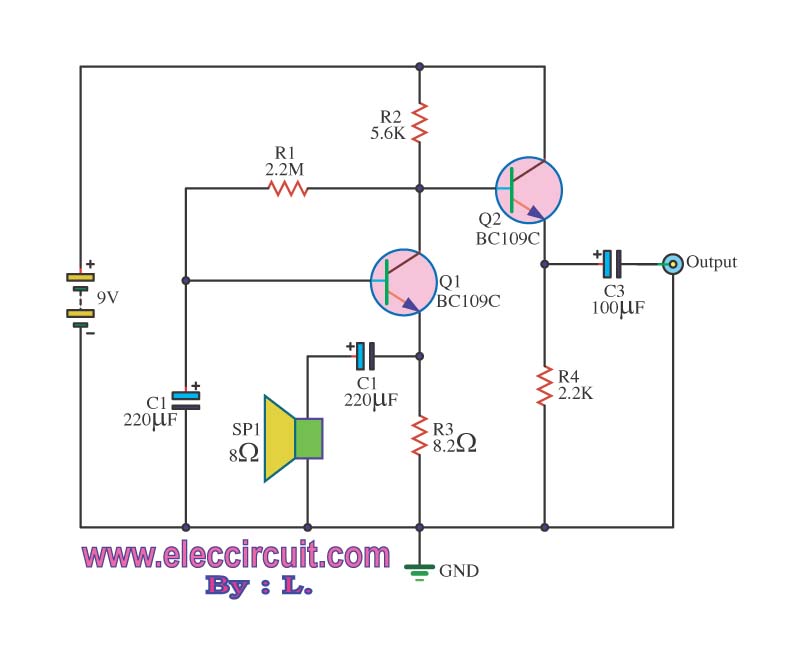
This may appear to be a basic inquiry, but the individual is a beginner in electronics. A preamplifier has been constructed to amplify the signal from a small speaker that is utilized.
The preamplifier circuit is designed to increase the amplitude of weak audio signals from a small speaker, making it suitable for further processing or amplification. The circuit typically includes several key components: resistors, capacitors, transistors or operational amplifiers, and power supply connections.
The input stage of the preamplifier receives the audio signal from the small speaker. This signal is often weak and requires initial amplification. A common configuration involves using a transistor or an operational amplifier (op-amp) in a non-inverting amplifier setup. The gain of the amplifier can be set using feedback resistors, allowing for customization based on the specific requirements of the audio source.
Capacitors are used in the circuit to block any DC offset from the audio signal, ensuring that only the AC component (the actual audio signal) is amplified. Additionally, coupling capacitors may be employed at the input and output stages to prevent unwanted frequency responses and to stabilize the circuit.
Power supply considerations are crucial for the preamp design. Depending on the chosen components, the circuit may require a dual power supply (positive and negative voltages) or a single supply with appropriate biasing to ensure linear operation of the amplifier.
Overall, the design of the preamplifier must take into account factors such as input impedance, output impedance, and the desired frequency response to ensure compatibility with subsequent audio processing stages. Proper layout and grounding techniques are also essential to minimize noise and interference, which can adversely affect audio quality.This might seem like a dumb question, but I`m a total newb in electronics. I built this preamp to amplify the signal from a small speaker that i use.. 🔗 External reference
The preamplifier circuit is designed to increase the amplitude of weak audio signals from a small speaker, making it suitable for further processing or amplification. The circuit typically includes several key components: resistors, capacitors, transistors or operational amplifiers, and power supply connections.
The input stage of the preamplifier receives the audio signal from the small speaker. This signal is often weak and requires initial amplification. A common configuration involves using a transistor or an operational amplifier (op-amp) in a non-inverting amplifier setup. The gain of the amplifier can be set using feedback resistors, allowing for customization based on the specific requirements of the audio source.
Capacitors are used in the circuit to block any DC offset from the audio signal, ensuring that only the AC component (the actual audio signal) is amplified. Additionally, coupling capacitors may be employed at the input and output stages to prevent unwanted frequency responses and to stabilize the circuit.
Power supply considerations are crucial for the preamp design. Depending on the chosen components, the circuit may require a dual power supply (positive and negative voltages) or a single supply with appropriate biasing to ensure linear operation of the amplifier.
Overall, the design of the preamplifier must take into account factors such as input impedance, output impedance, and the desired frequency response to ensure compatibility with subsequent audio processing stages. Proper layout and grounding techniques are also essential to minimize noise and interference, which can adversely affect audio quality.This might seem like a dumb question, but I`m a total newb in electronics. I built this preamp to amplify the signal from a small speaker that i use.. 🔗 External reference
